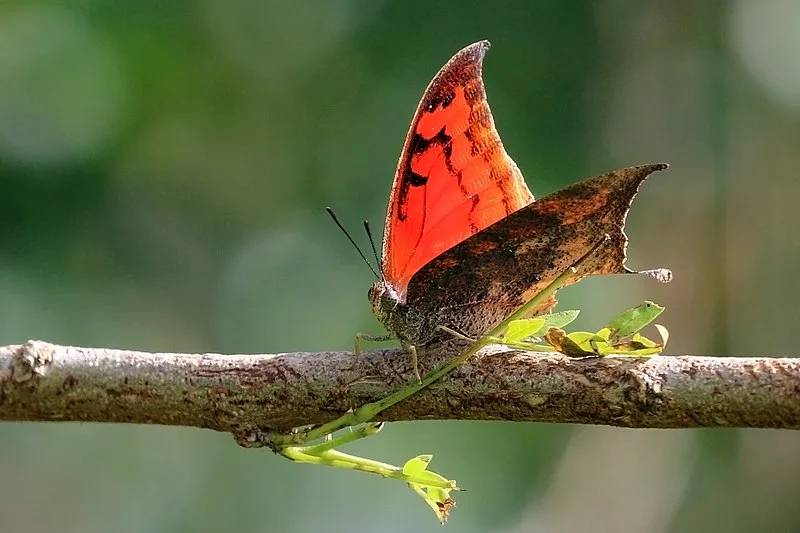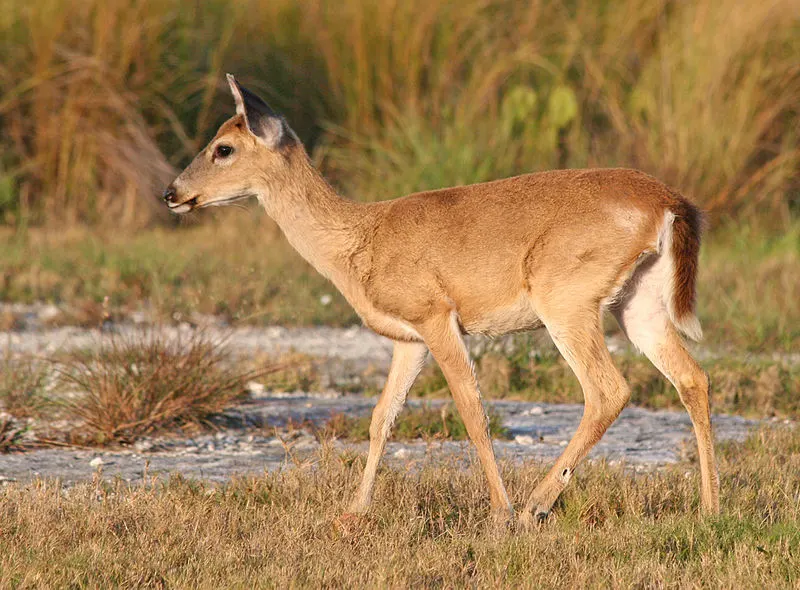Would you be curious to see a list of endangered species in Florida? Would you like to read some interesting facts about endangered animal species in Florida?
Florida is home to many unique and diverse species, but unfortunately, many are endangered or threatened. To protect them the Endangered Species Act (ESA) of 1973 plays a vital role. This federal law helps prevent extinction and promotes species recovery across the United States by developing recovery plans and protecting critical habitats.
Florida has many endangered and threatened species, such as the Florida panther, the Key deer, the West Indian manatee, and the red-cockaded woodpecker. These species are essential to Florida’s ecosystem, and their decline can significantly impact biodiversity and environmental balance.
Thanks to the ESA, some species have been saved from extinction. For example, the Florida panther population has increased from 20-30 individuals in the 1970s to approximately 230 today.
The ESA also protects critical habitats, which are specific geographic areas that contain essential features for conserving threatened and endangered species, which prevent habitat destruction. Critical habitats in Florida include Everglades National Park, Big Cypress National Preserve, and Florida Keys National Marine Sanctuary.
Most Endangered and Threatened Species in Florida
Gray Bat
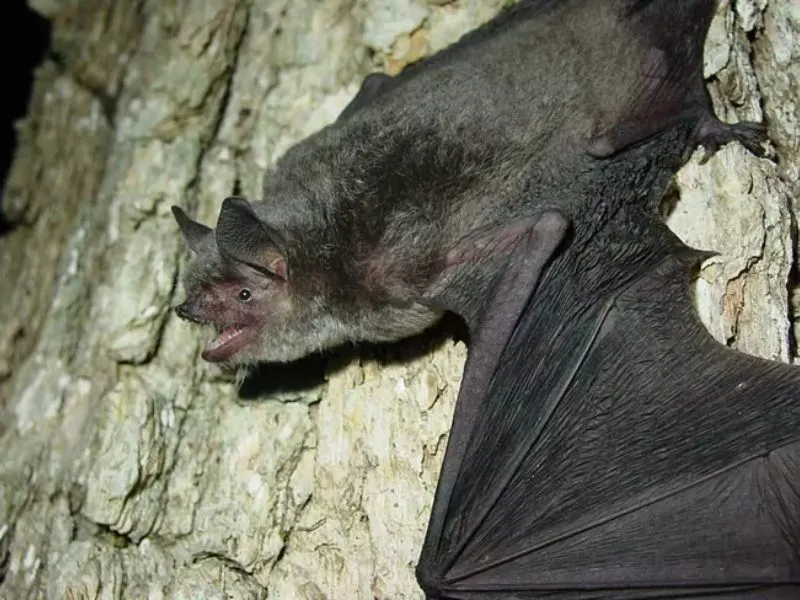
The gray bat inhabits caves and feeds over waterways. A significant threat to the gray bat is the disturbance of caves. They use the caves for hibernation and raising their young. Bats in nursing caves cannot tolerate disruption.
Bats are abandoning the caves because of increased human presence. They are nocturnal hunters, remaining inactive during the day. Their diet consists of insects.
See Related: Spectacled Bear
Choctaw Bean
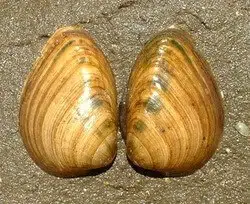
The Choctaw Bean is an interesting species of freshwater mussel that is native to Florida. It is named after the Choctaw people, who are a Native American tribe with a rich history in America. This mussel species, like other mussels, is important for maintaining healthy aquatic ecosystems by filtering water and serving as a source of food for different types of wildlife.
Bartram’s Hairstreak Butterfly
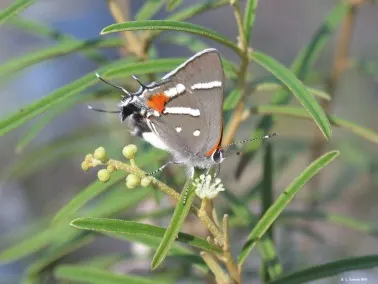
This butterfly belongs to the Lycaenidae family. It is typically found in the pine woods of Florida and the West Indies. With a 22 to 29 mm wingspan, it displays a dark gray color on the upper side of its wings.
See Related: Malayan Tiger
Florida Leafwing Butterfly
This type of butterfly is a member of the Nymphalidae family and is typically found in southern Florida and the Caribbean islands. It is called the “Jamaican Tropical Leafwing” in Jamaica, while in Cuba and the Cayman Islands it is referred to as the “Cuban Red Leaf.” The wingspan of this butterfly ranges from 76 to 90 millimeters. It mainly feeds on decaying fruit, dung, and other fluids.
Miami Blue Butterfly
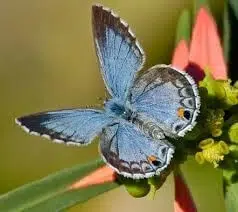
These beautiful butterflies became endangered because of habitat loss, fragmentation, group isolation, mortality, and other invasive species. They inhabit tropical hardwood, pine rock lands, and beachside scrub areas. This butterfly had been known on the mainland but disappeared by the 1980s.
See Related: Pygmy Three Toed Sloth
Schaus Swallowtail Butterfly

The Schaus Swallowtail Butterfly is a vibrant species, residing primarily in the tropical hardwood regions of southern Florida, stretching from Miami to the lower Matecumbe Keys.
This distinct butterfly is also found in Cuba and the Bahamas, with each location hosting its own unique subspecies. The Schaus Swallowtail belongs to the Papilionidae family and is renowned for its large, colorful, and often swallowtail-shaped wings.
Named after William Schaus, a notable American entomologist, this species is a testament to his substantial contributions to studying insects. Though stunningly beautiful, the Schaus Swallowtail is facing challenges.
Threats to its habitat and climate change have led to a decline in its population, making conservation efforts increasingly crucial. The Schaus Swallowtail Butterfly is a vital reminder of nature’s intricate beauty and the importance of preserving biodiversity.
See Related: Is a Fish an Animal?
Key Deer
The endangered Key Deer, a petite subspecies of the white-tailed deer, is a unique inhabitant of South Florida. Once a food source for sailors and settlers, it teetered on the brink of extinction due to poaching and habitat destruction.
Today, with hunting banned since 1939, the endangered Key Deer represents an ongoing struggle for survival against the encroaching human development in their exclusive habitat, the charming yet fragile ecosystem of the Florida Keys.
Most of the Key Deer population, about two-thirds of it, can be found on Big Pine Key and No Name Key. The rest of these animals live on other keys, such as Big Pine, Big Torch, Cudjoe, Howe, Little Pine, Little Torch, Middle Torch, Sugarloaf, and Summerland in the Lower Keys.
However, the keys located further south do not have a permanent source of fresh water, which is essential for the survival of the Key Deer.
See Related: Hawksbill Sea Turtle
Round Ebonyshell
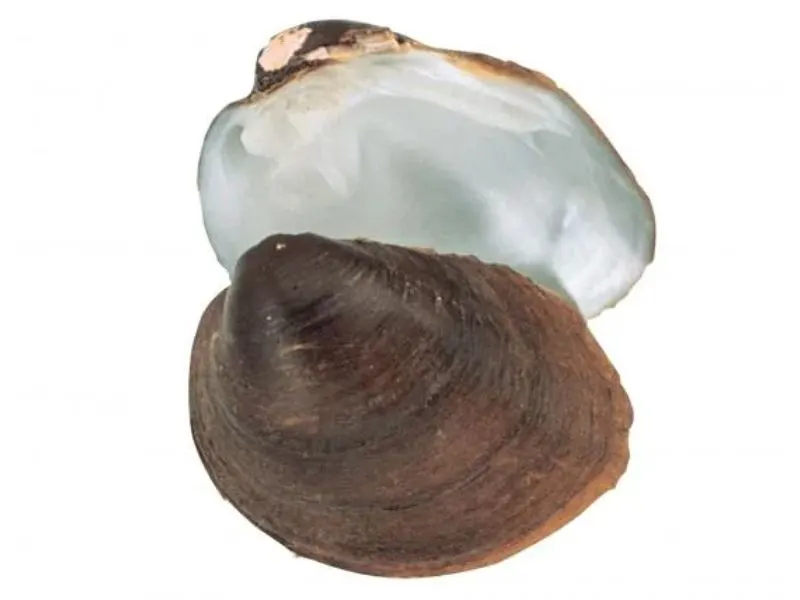
The Round Ebonyshell (Fusconaia rotulata) is a unique species of freshwater mussel endemic to the river systems of Florida and parts of Alabama. Belonging to the Unionidae family, this aquatic bivalve mollusk boasts a sturdy, dark shell, hence the name ‘Ebonyshell’. Its habitat primarily consists of sandy or muddy bottoms in rivers with moderate to swift currents.
Unfortunately, the Round Ebonyshell is at risk due to water pollution, habitat loss, and invasive species. The disruption of its ecosystem has led to a significant decrease in its population, causing it to be listed as an endangered species.
Conservation efforts are necessary to preserve this mussel’s natural habitat and ensure its survival. The Round Ebonyshell indicates healthy freshwater ecosystems, making its protection vital for the species and the overall health of Florida’s river systems.
Southern Kidneyshell
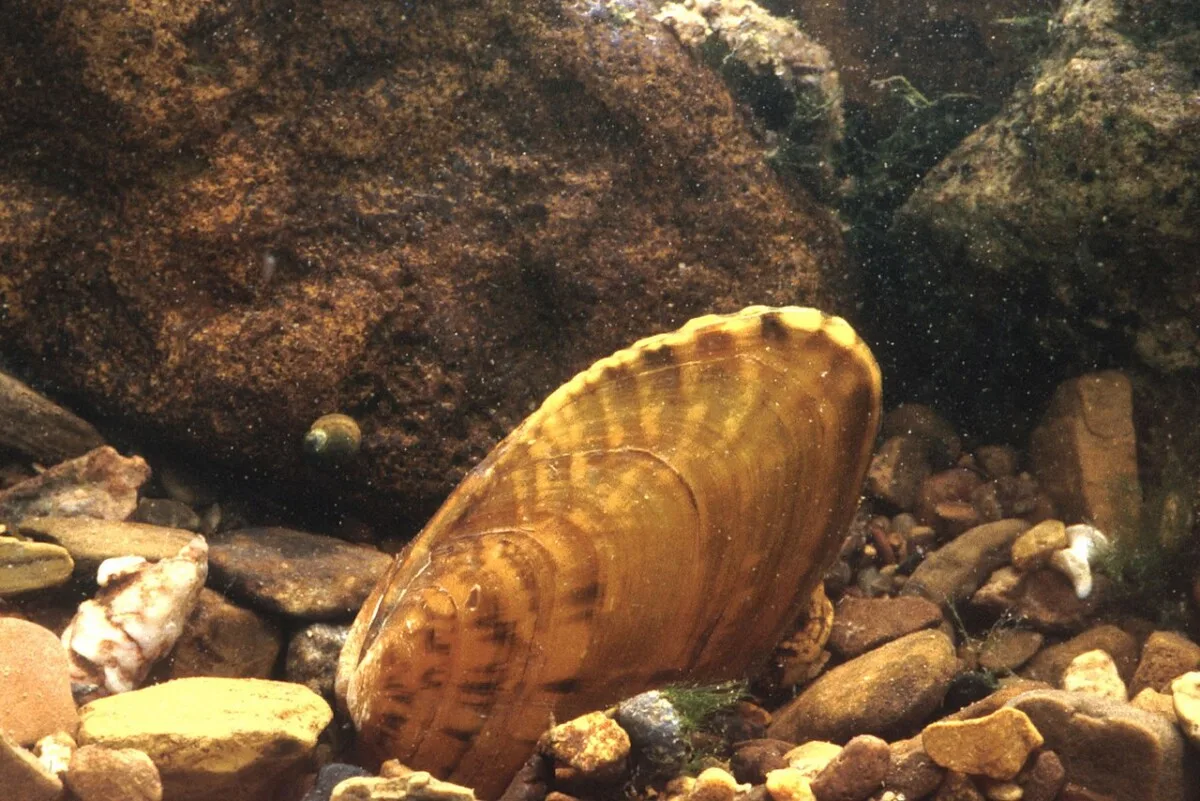
Florida’s rich biodiversity is threatened, with several species on the brink of extinction. Equally at risk is the Southern Kidneyshell, a freshwater mussel crucial in maintaining healthy river ecosystems.
Birds are also affected, with the Red-cockaded Woodpecker and the Florida scrub jay under severe pressure due to habitat loss. These endangered species hold intrinsic value and are important contributors to Florida’s ecological balance. Their preservation requires immediate attention and action from local communities and governmental bodies.
Interestingly, because of habitat loss, river dams, pollution, and other factors, fish are no longer available to mussels, causing them to appear on Florida’s list of endangered species. It has left mussel species with limited or nonexistent means of reproduction.
Freshwater and marine mussels are both filler feeders. They feed on plankton and other microscopic creatures that freely float in seawater. A mussel draws water in via its incurrent siphon, back to the endangered species list in Florida.
See Related: West African Manatee
Everglade Snail Kite

It belongs to the family Accipitridae, a bird of prey, including Old World vultures, eagles, and hawks. The adult male has a dark blue-gray color with darker flight feathers. Its legs and cere are red. The female has dark brown upperparts and a streaked pale color on the underside.
She has a whitish face, with dark areas above and behind her eyes. The cere and legs are yellow or orange. Water level controls in the Everglades are depleting the population. However, the number of these birds is increasing in Central America.
See Related: Great Hammerhead Shark
West Indian Manatee

It is popularly known as a “sea cow.” It is the largest surviving member of the aquatic mammal order Sirenia. Primarily located along the coasts of Florida but can extend as far west as Texas and as far north as Massachusetts.
On the endangered animals in Florida list because of loss of warm-water habitat, collisions with watercraft, red tide, high perinatal mortality, and illegal hunting.
Gulf Moccasinshell
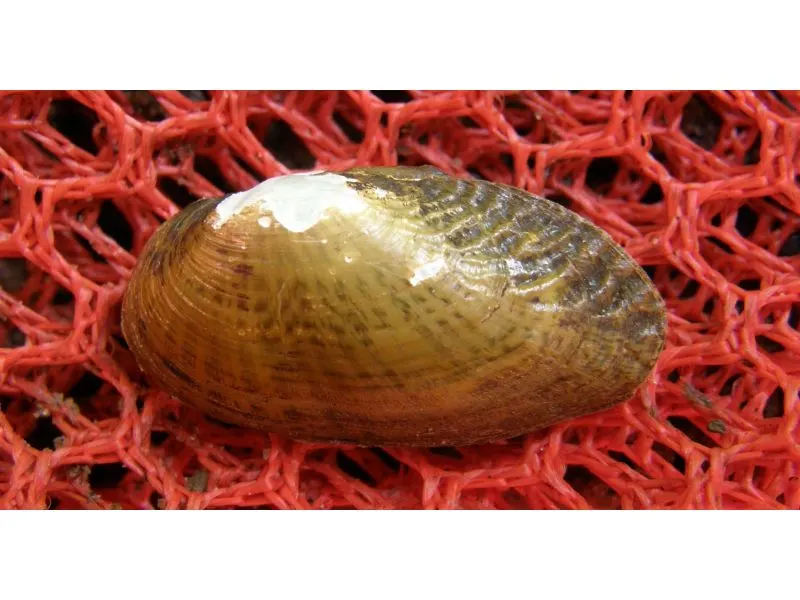
These are a family of mussels called Unionidae, which are river mussels. Native to Florida, Georgia, and Alabama. Extirpated from most of the rivers it inhabited. It is up to 5.5 centimeters long, with a yellowish or greenish-brown color.
See Related: Great White Shark
Ochlockonee Moccasinshell
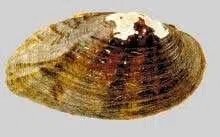
The Moccasinshell from the Ochlockonee River is a unique species that belongs to the abundant family Unionidae. This special variety of river mussels is native to the United States and thrives in river habitats.
As is characteristic of all Unionidae, the Moccasinshell’s natural environment is the flowing waters of rivers. Its captivating presence in its habitat is a testament to its resilience and adaptability. It is an essential component of the freshwater ecosystem, contributing significantly to biodiversity.
The Moccasinshell is crucial in maintaining water quality by filtering particles from the water column. Despite its significance, it faces numerous threats, including habitat loss and pollution.
It is crucial to protect this species to preserve the health and diversity of our rivers. The Moccasinshell from the Ochlockonee River is a stark reminder of the rich aquatic life in our rivers and the importance of preserving these habitats for future generations.
See Related: 10 Most Endangered Species in Alaska
Anastasia Island Beach Mouse
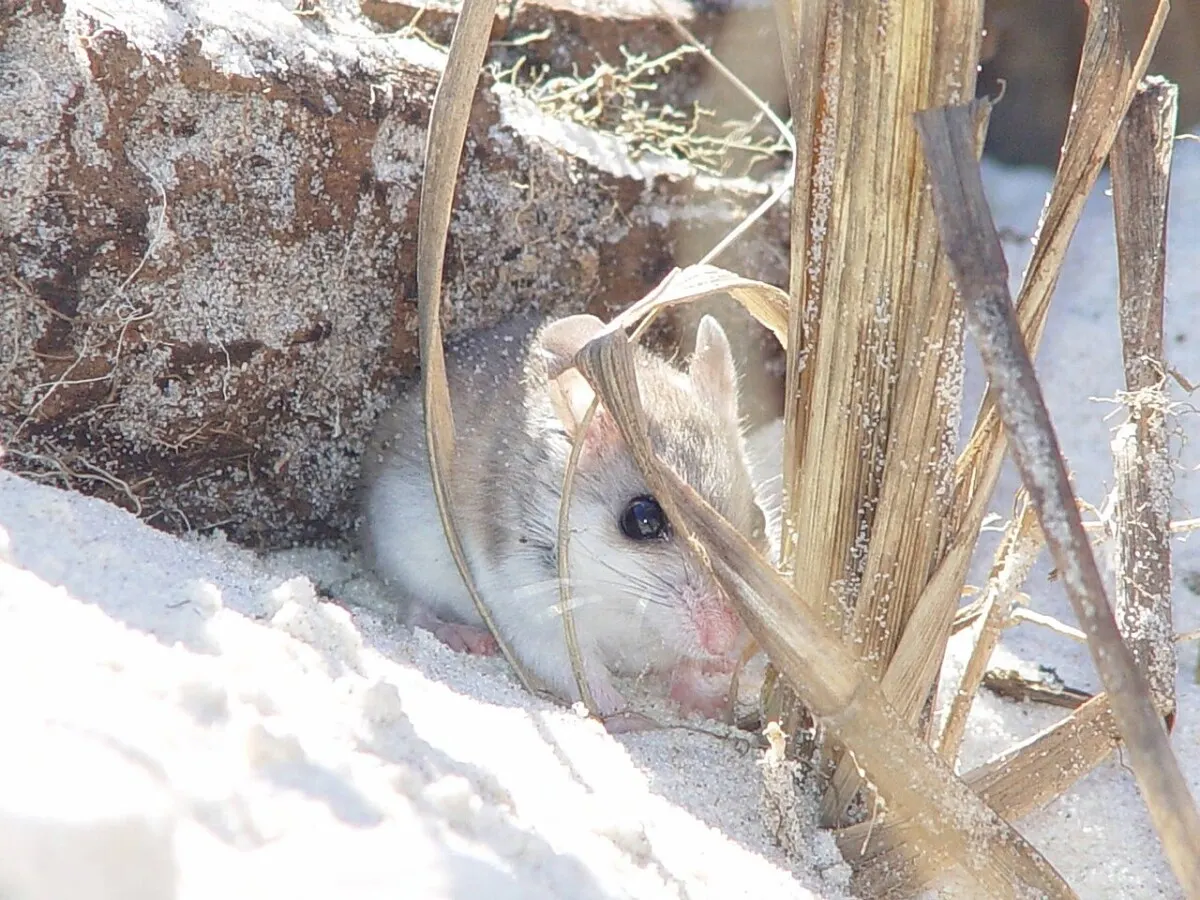
The Anastasia Island Beach Mouse is a subspecies of the Oldfield Mouse, unique to the sandy dunes of Florida and Alabama’s coastal stretches. This petite creature has found its critical habitat in these dunes, creating a niche ecosystem.
It currently sits on Florida’s endangered species list due to its relentless encroachment on its habitat, from natural factors like erosion and human-induced destruction. The survival of these endangered animals heavily depends on the preservation and restoration of its critical habitat, signifying the urgent need for conservation actions.
See Related: What Are The Effects of Overharvesting?
Choctawhatchee Beach Mouse
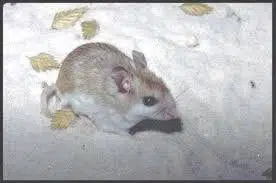
Like the Anastasia Island beach mouse, it is a subspecies of the Oldfield Mouse. It reaches up to 5.5 inches in length. It is light brown, with a white belly and tail. Continued development along the beaches threatens their habitat along with human traffic, hurricanes damaging their habitat, and the hunting of feral cats, foxes, coyotes, and raccoons.
It is the largest subspecies of the cotton mouse. We find it in the peninsulas of Florida. The body length is seven inches, with a tail length of three inches. They are brown with reddish-brown sides, white belly, and feet, and the tail is brown on top and white on the bottom.
The mouse population in Florida is on the endangered species list because of habitat loss and fragmentation, thereby increasing other threats. Isolated populations have reduced gene flow and lower survival rates.
Trash dumping because of increased urbanization also threatens the mice. The mice compete with black rats for food sources, which increases the threat back to the list of endangered species in Florida.
This mouse is a subspecies of the Oldfield Mouse. Habitat is the Perdido Key in Florida. It is small, gray, and white, weighing only .46-.56 oz. Its color blends well with the white quartz sand of the northern Gulf Coast beaches.
See Related: African Elephant
St. Andrew Beach Mouse
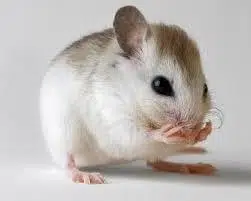
It is a subspecies of the Oldfield Mouse. It can reach a length of 5.5 inches. It has a yellowish-brown backside, with a buff-colored head and back. Its habitat is the dunes, and it feeds on plant seeds and fruits.
Florida Panther
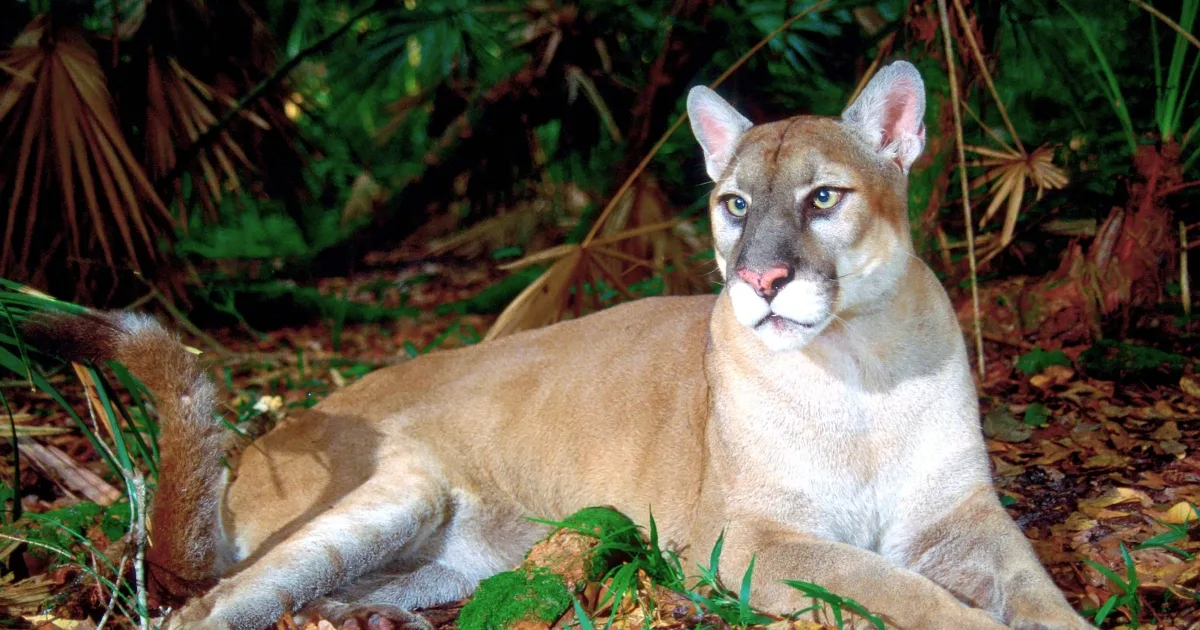
They live in the Everglades, forests, and swamps of southern Florida. We can find them in hardwood hammocks, pinelands, and swamp forests. Males have a range of 200 square miles, females 75 square miles. In 1982, they chose the Florida panther to be the Florida state animal.
Its diet even includes small endangered animals such as mice, rabbits, and waterfowl. It also stalks larger prey, such as white-tailed deer, feral pigs, and storks. It became endangered because it has a natural predator in, the American alligator. Human encroachment has made it endangered as well.
Oval Pigtoe

The Oval Pigtoe is a fascinating species of river mussel endemic to the southeastern United States, specifically Florida, Alabama, and Georgia. As a member of the Unionidae family, it boasts a unique shell shape that resembles a pig’s hoof – hence its name.
This unique creature is facing challenges. Land-use changes and dam construction have led to significant population declines. Despite these threats, the Oval Pigtoe persists, symbolizing the rich biodiversity in the region’s rivers and a reminder of the delicate balance between human progress and nature conservation.
Shinyrayed Pocketbook

The Shinyrayed Pocketbook is a member of the Unionidae family, recognized for its subelliptical shell, inflated umbo, and rounded posterior ridge. It thrives in clean, flowing water environments, predominantly in streams and small rivers. Its unique characteristics make it a fascinating specimen among mollusk enthusiasts.
Lower Keys Marsh Rabbit
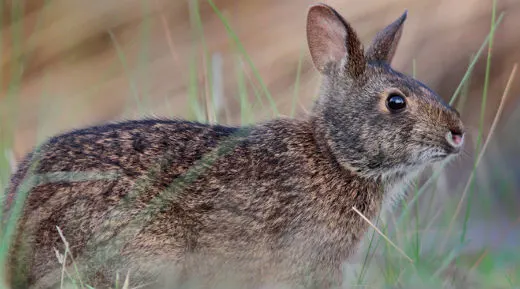
It is the smallest subspecies of marsh rabbit, 15 inches long, and weighs up to 3 pounds. They live in the grassy areas around freshwater wetlands and salt marshes. This habitat offers tall grasses and provides food, nesting sites, and shelter. Nocturnal animals became endangered in 1990 due to habitat loss, degradation, and mortality from free-roaming cats and vehicles.
Lower Florida Keys Rice Rat
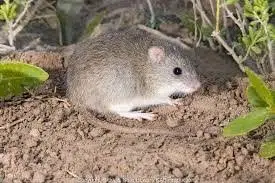
The silver rice rat, a small wetland rodent found only in the Lower Keys of Florida, is known for its distinct features. It can be distinguished from the marsh rice rat by its larger body size, larger home range, and lower fecundity. Unfortunately, due to destruction of its natural habitat by commercial and residential construction activities, this unique species has been listed as endangered in Florida.
Reticulated Flatwoods Salamander

It is a species of mole salamander. It is part of the amphibian family Ambystomatidae. Native to a small portion of the United States’ southeastern coastal plain and Florida’s western panhandle. Habitat loss is the primary reason behind the decline of salamanders in the United States.
Smalltooth Sawfish

This critically endangered sawfish belongs to the Pristidae family. Its habitat consists of shallow tropical and subtropical waters in the coastal Atlantic. The Smalltooth Sawfish is extremely vulnerable due to overexploitation, restricted habitat, susceptibility to getting caught in nets, and slow population growth.
Hawksbill Sea Turtle
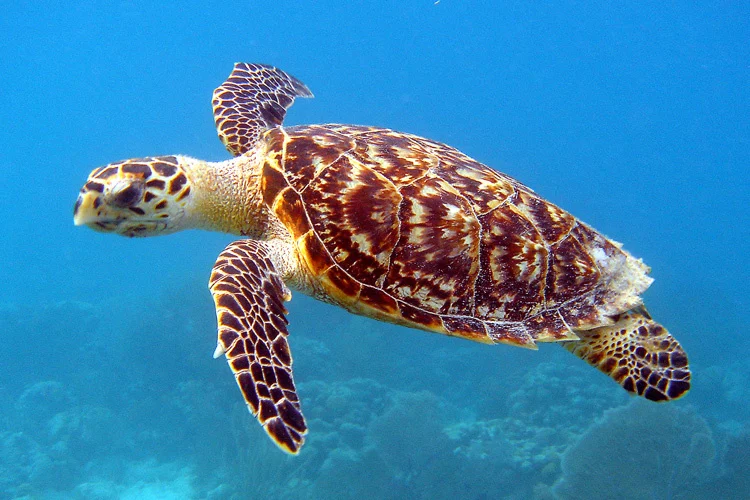
Their name is for their narrow, pointed beaks. They have a unique pattern of intersecting scales on their shells, which form a serrated look at the edge. The colored and patterned shells make them valuable, and they are commonly sold as “tortoiseshells.”
Sea turtles are living representatives of reptiles that have existed on Earth and traveled in the sea for millions of years. They link marine ecosystems and help maintain health in the coral reefs and seagrass beds.
This turtle comes in a variety of sizes and colors. But the one thing they have in common is the reason for their endangered status. Besides accidental capture in longlines, traps, shrimp trawls, gill nets, and dredges, a threatened nesting habitat is a primary threat.
Also, poaching of turtle eggs from nesting spots and ingesting plastics and pollutants are factors back on the endangered species list in Florida.
See Related: Different Types of Turtles
Kemp’s Ridley Sea Turtle

The Florida Fish and Wildlife Conservation Commission (FWC) identifies this species as critically endangered among sea turtles. Upon hatching, they exhibit dark purple coloring.
Mature adults possess a yellow-green or white plastron and a gray-green carapace. These turtles are characterized by their triangular-shaped heads and hooked beaks. Uniquely, they are the only sea turtles that nest during the day.
Leatherback Sea Turtle

The Leatherback Sea Turtle, the globe’s largest existing turtle and fourth heaviest reptile, is a remarkable creature that needs our attention. Despite their impressive stature, these gentle giants suffer, with a 95% decline in nesting populations.
Found in Florida’s warm waters, they’re an integral part of the region’s biodiversity. Their unique leather-like shells and long-distance migratory patterns distinguish them from other turtles.
However human activities and climate change pose significant threats to their survival. Let’s dive deeper into their world, understand their struggles, and explore how we can help safeguard these marine marvels for future generations.
Cape Sable Seaside Sparrow
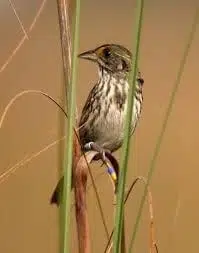
Everglades National Park is home to one of eight remaining Cape Sable Seaside Sparrow subspecies. Its name is for the southernmost point of land in the continental United States.
Changes in the water distribution in the Everglades and the hurricane of 1935 have caused dramatic changes in plant life on Cape Sable.
Now dominated by salt-tolerant plants, a rise in the sea level, reduced flowing fresh water, and another hurricane in 1960 have contributed to the habitat change, causing endangerment.
Florida Grasshopper Sparrow

It is native to the dry prairies of south-central Florida. Most endangered of the four subspecies of grasshopper sparrows. Biologists’ attempts to improve the declining population have been unsuccessful. The song of the sparrow sounds like a grasshopper, which is where it gets its name.
Fat Threeridge (mussel)
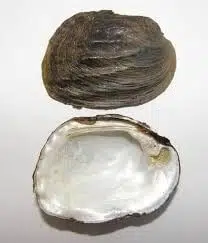
It is a mid-sized freshwater mussel that can get up to four inches. The outer shell is dark brown to black, with seven to nine horizontal ridges. The mussel has two teeth in the left valve and a smaller and larger tooth in the right valve.
Florida Salt Marsh Vole
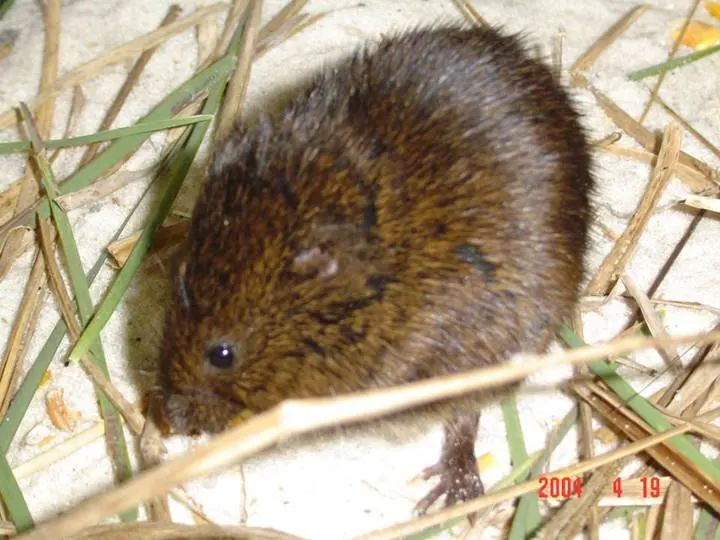
It is a mid-size rodent up to 7.3 inches long, with a tail of 2 inches. The vole has a dark brown back, silver belly, small ears covered by hair, and a broad, short snout. Its diet consists of plants, mostly grasses. Their primary habitat is unknown, but we have found them only in saltgrass meadows next to black needle rush.
Researchers, scientists, and the like have only discovered two groups—one near Cedar Key and the second at Lower Suwannee National Wildlife Refuge in the Big Bend Region. A major threat is its limited range, as any environmental change could cause its extinction. Human interference and rising sea level are also a threat.
Bachman’s Warbler

It is one of the smallest warblers. The bill is slender with a downward curve. The male is olive-green, with a yellow chin, lores, forehead, eye ring, and underparts. It has a black crown and throat, with a bright rump and yellow shoulder patch.
Females are quite drab in comparison, lacking color. The habitat is unknown because of their small numbers when investigations began. It is thought they nested in low, wet forest areas with access to water.
Red Wolf
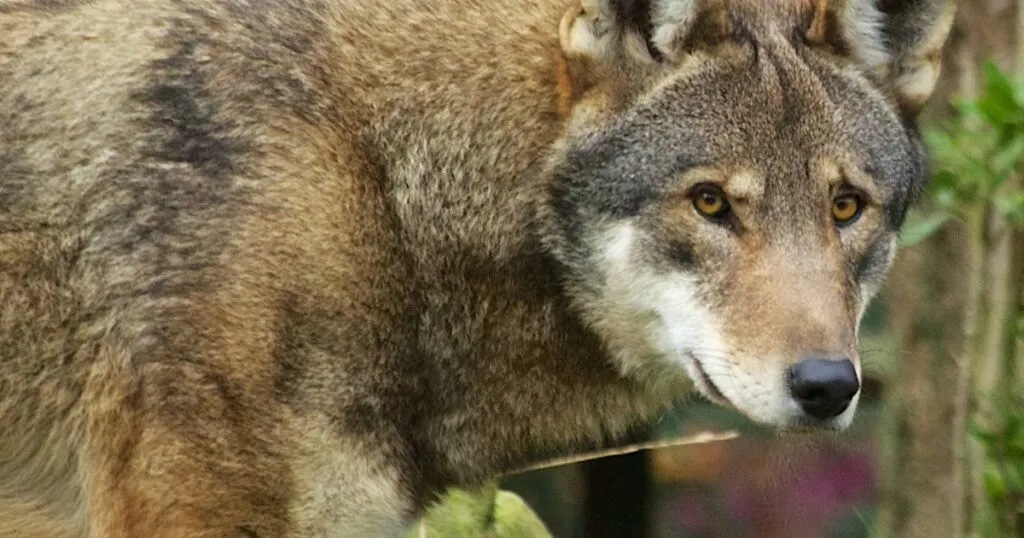
It is the world’s most endangered wolf. It was once common in the Eastern and South Central United States. The population decreased by the early 20th century because of predator control programs and habitat degradation. Only about 20 red wolves remain in their habitat.
Red-Cockaded Woodpecker
It is the size of a cardinal, about 7 inches long. The wingspan is about 15 inches. Its back has black and white horizontal stripes. Its unique feature is a black cap and nape encircling white cheek patches.
The male woodpecker has a small red streak on each side of the black cap called a cockade. Their habitat is in mature pine forests. They prefer longleaf pines. Because the longleaf pine ecosystem has disappeared from much of its original range, it has caused this bird to become endangered.
Key Largo Woodrat

It lives in tropical hardwood hammocks on Key Largo. This small rodent had a range throughout Key Largo but is limited today to the northern sections. It is known for constructing large stick houses, making them dependent on their surroundings’ natural vegetation.
Much of their remaining habitat is now protected. Because there has been a reduction in its full range and habitat, it endangers this animal’s future.
How the Law Protects Endangered Species
Under the Endangered Species Act, the ESA administration and enforcement fall under the U.S. Fish and Wildlife Service and National Marine Fisheries Service jurisdiction. The Secretary of the Interior is allowed by law to allocate funds to states to recover endangered and threatened species.
Also, the law created the Cooperative Endangered Species Conservation Fund. This law awards grants to states for voluntary projects on non-federal land. The law mandates states to adopt their own endangered and threatened species management program. These programs need approval by the federal government.
It is mandatory to consult with the U.S. Fish and Wildlife Service for terrestrial and freshwater species and the National Marine Fisheries Service for marine species if any action might impact listed species or critical habitats. We conduct such consultations with these agencies regularly.
How to Protect the Endangered Species in Florida Everglades
Unfortunately, the natural flow of water in the Everglades has been altered by human actions, resulting in the collapse of the ecosystem.
Since 1800, flood control projects and water diversions have stopped water flow between different parts of the Everglades. Large areas of land were converted into residential or agricultural areas.
In 2000, Congress approved the Comprehensive Everglades Restoration Plan (CERP). It consists of 68 components that will restore, preserve, and protect the resiliency of the Everglades for generations to come.
Key projects, such as reservoirs to treat and store Lake Okeechobee’s overflow and efforts to restore the natural flows by bridging, will work in harmony to achieve a comprehensive and lasting restoration of the Everglades for years to come.
What is Required of States by the Law?
The Endangered Species Act mandates that the government identify and conserve endangered species or fish. It necessitates the creation of conservation programs for all species, wildlife, or fish that the government categorizes as endangered.
While federal agencies such as the U.S. Fish and Wildlife Service help keep species protected, it’s important to work with both state and local governments to protect imperiled species and add new federally listed species to the protection lists. You can submit detailed plans to the U.S. Department of Commerce if you want to contribute.
You must obtain authorization from the U.S. Fish and Wildlife Service to conduct investigations to determine the status and survival requirements of wildlife and fish resident species. Prior approval is required before initiating programs to acquire aquatic habitats or land to conserve endangered species.
FAQs
What are endangered species in Florida?
There are 37 endangered animal species in Florida and 26 threatened species.
What is the total number of threatened or endangered species in Florida?
Florida, a biodiversity hotspot, is the habitat for 122 endangered or threatened species. This tally includes unique wildlife like the Florida panther, manatee, sea turtle and distinctive flora such as the Key Tree Cactus and Florida Ziziphus. The state’s rich ecosystem underscores the need for strong conservation measures.
What is Florida’s most endangered animal?
The Florida grasshopper sparrow teeters on the brink of extinction, with a mere 100 individuals estimated to be left in the wild. Strenuous conservation efforts are underway to rescue this petite bird species, highlighting the fragility and importance of biodiversity in Florida.
Related Resources
- 10 Types of Turtles Around the World
- 7 Types of Lions Around the World
- 21 Top Most Endangered Plants Around the World

